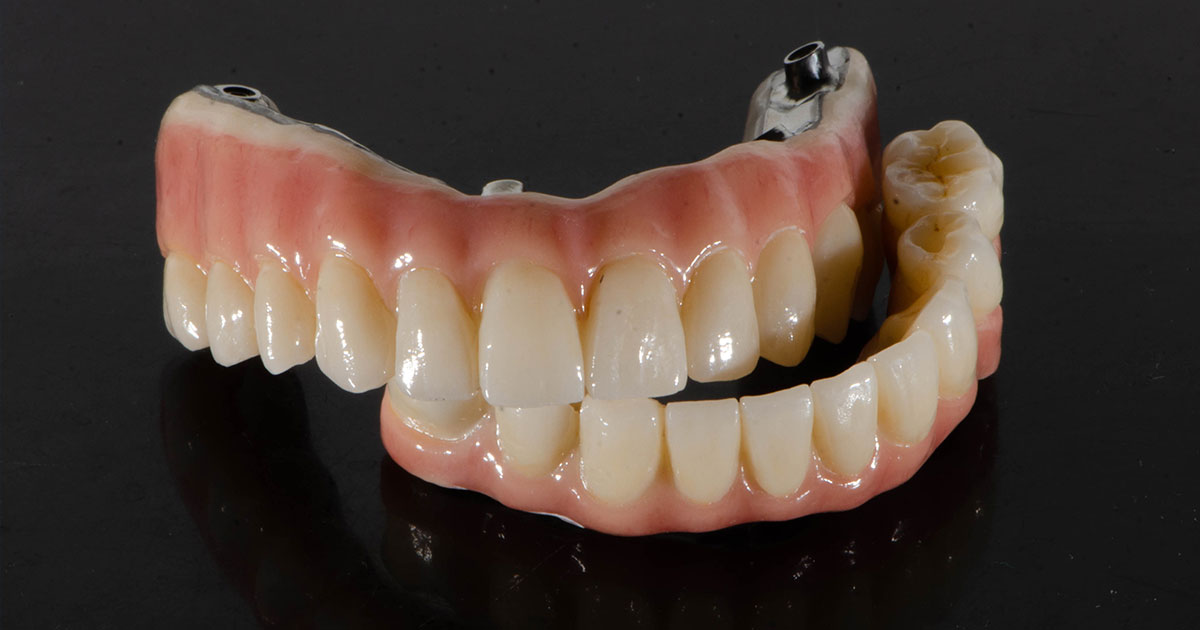

Introduction
All-on-4 implants should have a lifespan comparable to conventional implants as long as they merge with the patient’s bone throughout the healing process. Most dental experts concur that patients can anticipate All-on-4 implants to endure at least 20 to 25 years, with a potential patient lifespan.
Dietary Restrictions After Surgery
The easiest method to prevent issues after your All-on-4 treatment is to follow a soft diet for a predetermined amount of time. You should be aware of the diet limitations since eating complex foods right after surgery might reduce their lifetime.
Lifespan Of A Prosthesis
All-on-4 implants have two components: the implants and the prosthesis they support. Our Dental Excellence patients must comprehend this. All-on-4 implants can last a lifetime with appropriate dental hygiene, although the prosthesis will probably deteriorate more quickly.
Fixed dentures and other dental restorations are vulnerable to wear and damage from chewing and biting. Although dental restorations are made of sturdy materials, eventually, they will need to be replaced. The prosthesis connected to All-on-4 implants should last at least 10 to 15 years with regular maintenance and good oral hygiene practices.
Extending the Impact of Treatment
The patient’s oral hygiene practices significantly impact the longevity of All-on-4 implants, including the prosthesis component. To prolong the effectiveness of All-on-4 therapy, we advise our Dental Center patients to follow these guidelines:
- Every six months, consult the dentist for cleanings;
- Frequently floss and brush;
- Eat fewer meals that are incredibly crunchy, hard, or sticky;
- Avoid using your teeth as tools;
- Avoid clenching or grinding your teeth;
- To safeguard your All-on-4 implants at night, use a specially constructed night guard;
How Are Implants for All-on-4 Cleaned?
Since the bridge section of the restoration is fixed, it is not best to clean it with a regular toothbrush. It would be best if you instead used a water flosser at least twice daily. Look for the entry locations that let the most food debris be dislodged. To avoid tissue separation, keep the water flosser’s speed at a low or medium level.
Next, remember to floss every day beneath the bridge, whether they should be of the thinner kind or disposable ones linked to handles for better movement. Customizing oral care is vital for increasing your implants’ lifespan, so take your time.
You might also want to consider using an interdental toothbrush made exclusively for dental implants, which you can get in most big-box retailers and pharmacies. Use a sulcus brush to clean the part of the bridge that changes from hard tissue to soft tissue. Given that it is significantly smaller than a typical toothbrush, this brush is frequently thought to be more pleasant. You can use it to clean and massage the bridge’s tissue-contact regions.
